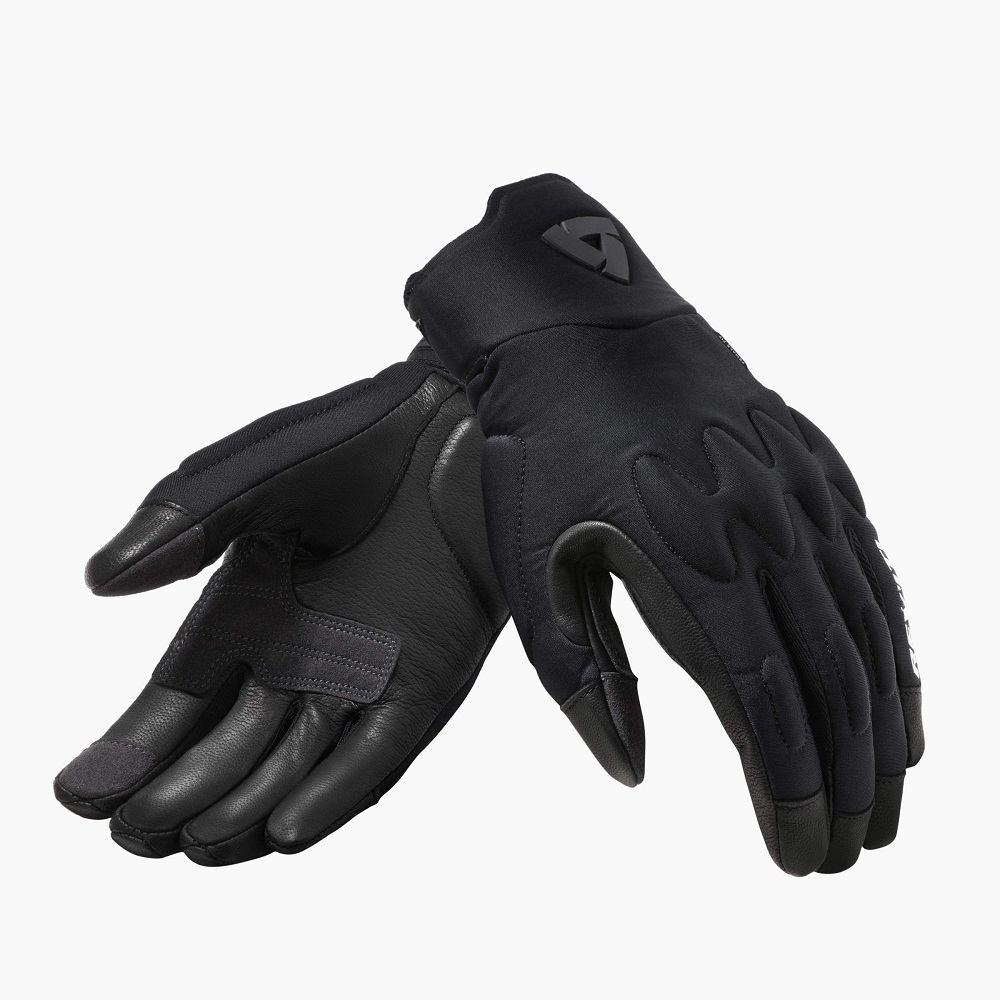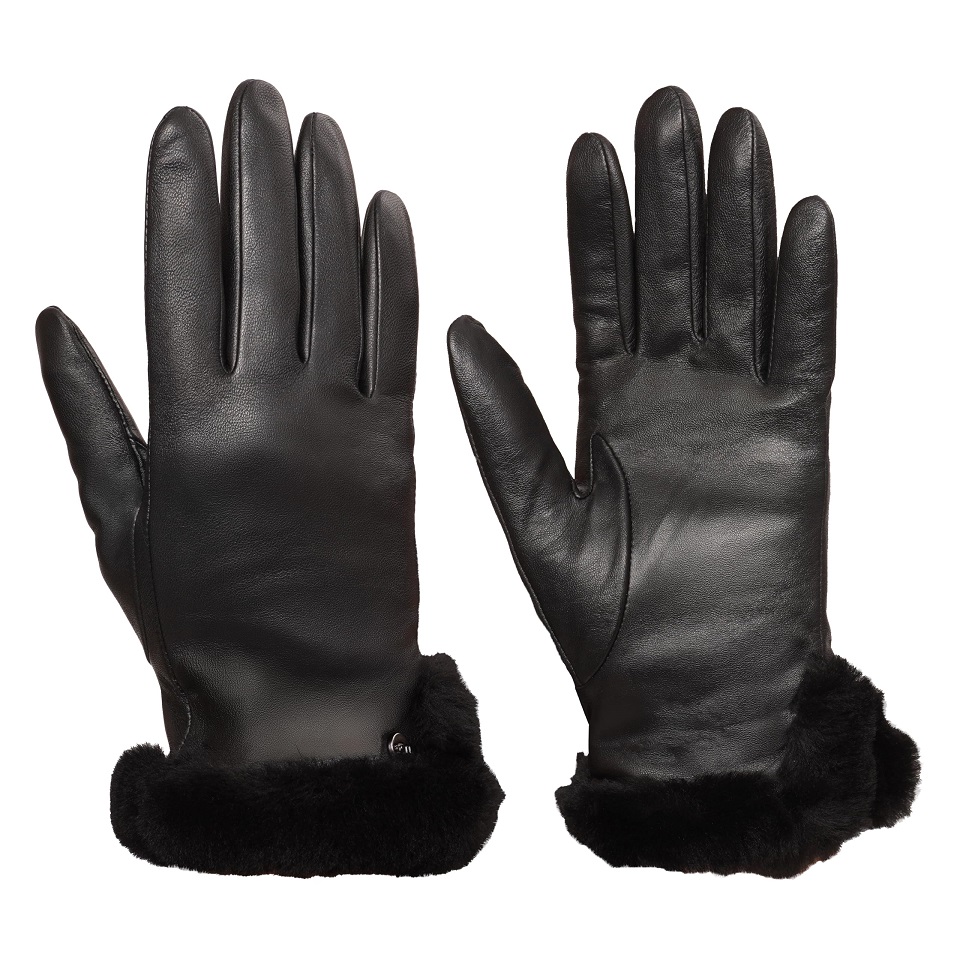Types of Windproof Gloves
Choosing the right type of windproof gloves can greatly enhance your experience in harsh climates.
Materials Used in Windproof Gloves
Several materials stand out when considering windproof gloves. First, synthetic fibers like polyester and nylon offer excellent wind resistance. They are lightweight and dry quickly. Natural materials such as leather also provide good wind blocking while offering increased durability. Materials often come with a windproof membrane like Gore-Tex which further enhances their effectiveness.
Design Features for Maximum Protection
Design is crucial for maximal protection from the elements. Features to look for include:
- Extended cuffs: These provide extra coverage, shielding the wrist area from cold air.
- Adjustable straps: They help secure the gloves tightly around your hands, preventing wind from entering.
- Articulated fingers: These are designed to enhance movement and comfort, vital for maintaining dexterity.
- Touchscreen compatibility: This allows you to use devices without removing the gloves, a useful feature in many scenarios.

Key Factors to Consider When Choosing Windproof Gloves
When selecting the right windproof gloves, certain factors play a pivotal role. These considerations ensure that the gloves you choose can effectively protect against harsh climates while providing comfort and functionality.
Insulation
Insulation is crucial for windproof gloves. It keeps your hands warm even when temperatures drop drastically. Look for gloves with thermal linings like Thinsulate or fleece which are both effective in trapping heat. The amount of insulation needed can vary based on the specific weather conditions and personal sensitivity to cold.
Fit and Comfort
A proper fit is essential for any glove, especially windproof ones. They should snugly fit your hands without being too tight or too loose. Gloves that have adjustable features like straps or elastic bands enhance the fit. Comfort also comes from the soft lining materials that contact the skin, reducing irritation.
Dexterity and Grip
Windproof gloves should not compromise your ability to handle items and move your fingers freely. Look for gloves designed with flexible materials and consider those with grip enhancements on the palms and fingers. This will help in holding onto items securely and performing tasks effectively, even in cold and windy conditions.
Popular Brands and Models
When it comes to choosing windproof gloves, the brand and model can make a significant difference. Major brands have developed various models to suit different preferences and needs. Below, we explore both high-end options and budget-friendly choices that ensure quality and functionality.
High-end Options
For those who require top-tier performance, several brands stand out in the market with their high-end windproof gloves. Brands like The North Face and Black Diamond offer gloves that come with advanced features such as enhanced insulation layers, superior materials like Gore-Tex, and ergonomic designs for better hand mobility. These gloves are often favored by professionals in extreme climates due to their durability and high-quality construction.
Budget-friendly Choices
If you’re looking for effective windproof gloves without a hefty price tag, there are several brands that offer affordable yet reliable options. Brands like OZERO and Carhartt provide gloves that focus on essential features like basic wind resistance and sufficient insulation. These brands manage to maintain reasonable quality and performance, catering to casual users or those with less demanding conditions. They are ideal for everyday use in moderately harsh climates, offering both functionality and cost efficiency.

Understanding the Technology Behind Windproof Gloves
Windproof gloves are a blend of innovation and functionality. They use smart technology to fend off icy breezes while allowing hands to breathe.
Layering and Breathable Fabrics
The secret to windproofing lies in layering. Most windproof gloves have a three-layer system. The first layer, next to the skin, wicks moisture away. The middle layer acts as insulation, trapping warmth. The top layer is the protective barrier against wind. Materials like Gore-Tex are often used for this layer because they block wind while letting moisture escape, keeping hands dry.
But, it’s not just about stopping wind. Fabric breathability is key. Breathable fabrics prevent hands from sweating and help maintain a comfortable temperature. This is crucial for those active in harsh climates, where sweat can lead to a rapid chill once you stop moving. Brands have perfected this blend, using materials and weaves that block the wind but allow moisture vapor to pass through.
By combining these technologies, windproof gloves ensure durable defense against the cold and the right balance of warmth and breathability. This makes them a smart choice for anyone venturing into windy and frigid environments.
Care and Maintenance of Windproof Gloves
When you invest in windproof gloves, proper care and maintenance are key. This ensures their longevity and that they maintain peak performance in harsh climates. Here, we’ll provide actionable steps to keep your gloves in top condition.
Cleaning Practices
Keeping windproof gloves clean is important for preserving their wind-blocking capabilities. Here are some simple steps for cleaning:
- Check the care label: Follow the manufacturer’s instructions for washing.
- Gentle soap: Use a mild soap and avoid any harsh detergents that might degrade the materials.
- Hand wash: It’s typically best to wash gloves by hand to prevent damage.
- Air dry: Lay the gloves out flat to air dry. Avoid direct heat to prevent the materials from shrinking or warping.
By washing your gloves carefully, you can rid them of dirt and sweat without harming the windproof technology.
Storage Tips
Proper storage of your windproof gloves is essential when they’re not in use. Keep the following in mind:
- Dry completely: Ensure gloves are fully dry before storing to prevent mildew.
- Avoid folding: Store gloves flat or on a hook to maintain their shape.
- Cool, dry place: Store in a cool, dry area to protect the materials and insulation.
- Keep away from sunlight: Prolonged exposure to sunlight can degrade the fabrics and materials.
By following these storage tips, you ensure that your windproof gloves are ready for your next adventure in harsh climates.

User Experiences and Recommendations
Learning from others can guide your choice of windproof gloves.
Best Practices for Usage in Harsh Climates
When using windproof gloves in harsh climates, consider the following tips:
- Start with a Proper Fit: Ensure your gloves fit well. A snug fit keeps heat in and cold out.
- Layer Your Hands: Wear a thin liner under your gloves for extra insulation.
- Stay Dry: Make sure your gloves are waterproof or at least water-resistant. Wet conditions reduce their effectiveness.
- Adjust as Needed: If your hands sweat, remove your gloves briefly to avoid dampness.
- Use Over Cuffs: Pull your jacket cuffs over the extended part of the gloves to prevent cold air from seeping in.
These tips come from seasoned adventurers who tackle the coldest, windiest climates. Reliable windproof gloves make these experiences safer and more comfortable.
Where to Buy Windproof Gloves
Finding the right store to purchase windproof gloves is essential.
Online Platforms
Online platforms offer a vast selection of windproof gloves. Popular websites like Amazon, eBay, and specialized outdoor gear sites provide various brands and models. You can compare prices, read customer reviews, and check detailed product descriptions. Many sites also offer free shipping and easy return policies. This makes it convenient to shop from home.
Local Stores
For those who prefer trying on gloves before buying, local sporting goods stores are ideal. Stores like REI and Bass Pro Shops stock a range of windproof gloves. Visiting these stores allows you to feel the material, check the fit, and speak with knowledgeable staff. They can provide advice based on your specific needs and the climates you face.